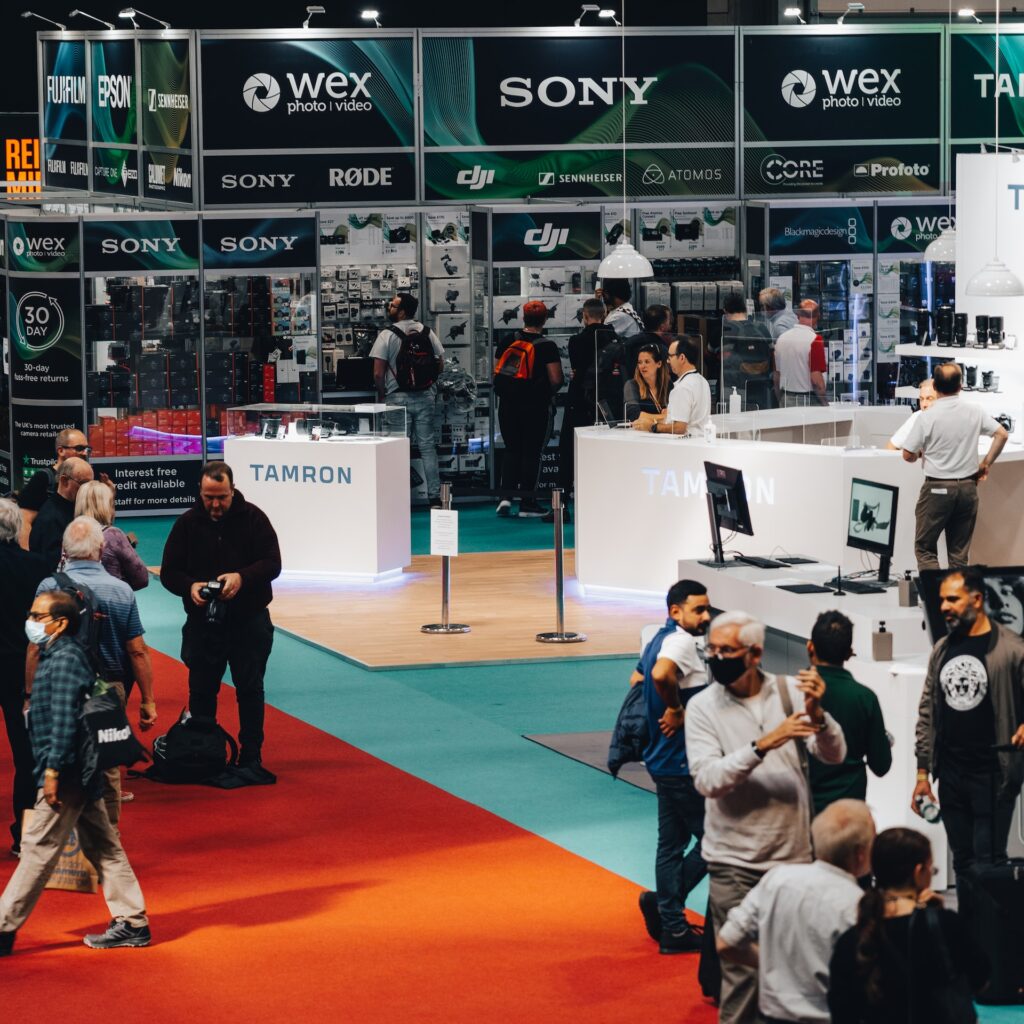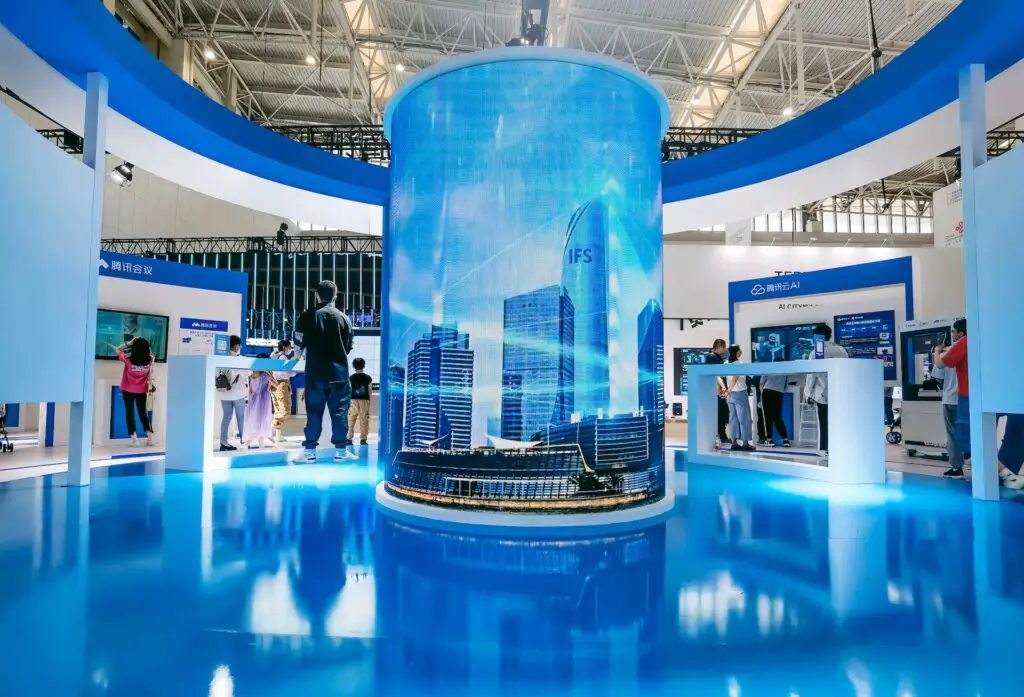If you have been in the exhibitions business, you must have witnessed notable changes over the years. Whether you are into trade shows or facilitating corporate events, you must keep up with the advancements so that your exhibition is a success.
In the past years, exhibitions were just a public display of works or where companies just showcased their products. It was just about brands physically gathering in one venue for prospective clients to see and learn about them.

With changes in technology and innovations, exhibitions have become more fun, easier, and more inclusive to everyone. Here is the journey of exhibitions and how they are bound to change in future. Read on!
The Biggest Changes in Exhibitions in the 21st Century
Exhibitions and trade shows are as long as selling has been. For you to sell something, even in the olden days, you had to have a display, market it well, and treat your clients better. Today, the world has become more organized and segmented, allowing the current buyer more choices and insights.
While the execution of the exhibitions has changed, the principle of the exhibition remains unchanged. It has always been to facilitate face-to-face trades, build relationships with clients, and enable them to explore products. Let’s take a look at some of the changes the exhibitions industry has experienced.
1. Technological Advancements
The tech scene has dramatically changed and is incomparable to what was available two decades ago. Technology disrupts the market, and as exhibition enthusiasts, you must keep up the pace to remain relevant and competitive.
Some of the advancements exhibitions have experienced are the rise of virtual reality (VR), augmented reality (AR), artificial intelligence (AI), and robotics. Twenty years ago, your biggest issue might have been choosing lighting for your stand or how to power your digital videos. Today, you can use exhibition lightboxes to showcase your products and tell people about your business at a trade show.
The lightboxes are usually free-standing but can also be mounted on a wall as a frame. They illuminate your graphics and ensure that everyone can see what you are all about. The best thing about them is that they are portable, thus perfect for events and exhibitions. After you are through with them, you can incorporate them into your retail spaces for branding.
Virtual reality, on the other hand, has helped make exhibitions more interactive by giving the attendees immersive VR experiences. For instance, if your business is in building and construction or renovation, you can use VR to put objects into a virtual context, show their real scale, and enhance the quality of the experience at large.
2. Rise of Big Data
A recent research by IBM shows that more than 90% of the world’s data has come into play in the past three years. With the rise of big data, planning your exhibition at a trade show becomes even easier. This is because it becomes more convenient for you to understand your exhibition visitors and attendees better than before.
By incorporating systems such as CRM and Omni-Channel marketing, you will know how a customer has engaged you, what they think of your services, and the likelihood of them buying from you. Previously, there was no way to identify, track, and progress leads.
With the available data, you can follow through with a client from the moment they purchase an item and know how satisfied they are. Thanks to the rise in big data, you get to interact with people in a more complex and multifaceted way, which is definitely a huge plus.
In addition to this, the data helps you get more accountable. Looking at 20 years ago, you realize that marketers were not as accountable as they are today. There were not enough ways to know whether or not your marketing team did a great job. For instance, if your exhibition has marketing experts handing out flyers, if they came back and told you they handed out all of them, you would be successful. You wouldn’t know what kind of job until the sales trickled in.
On the contrary, today’s digital marketing systems foster accountability. You can easily prove the ROI (Return on Investment) and measure exhibition performance through aspects such as social media engagement, carrying out satisfaction polls, and direct and organic website traffic. Within a short time, you get to know what works and separate it from what doesn’t work for the exhibitions.
3. Interconnection of the Web
Two decades ago, the number of people you got for the exhibition came from word of mouth, handing out flyers, and formal advertisements. There was no Facebook, LinkedIn, Twitter, or even Instagram. While word of mouth was great, it meant that the audience you attracted was the same.
In today’s world, exhibition visitors are more dynamic and come from interconnected communities. It is beyond four walls. With aspects such as live streaming, you get to reach massive numbers across the globe.
The social media reach presents a huge opportunity for you to showcase your products and give proceedings of the event. However, inasmuch as it is a great opportunity, it also comes with a small challenge. In its absence, mistakes easily slipped through since no one was watching or recording.
Today, you must be careful as small moments of poor judgment, poor customer service, or exhibition calamities will travel far and wide. The interconnection of the web and social media gives you a chance to put out whatever you are doing to the public regardless of where they are.
4. A Shift in Consumer Expectations
Consumer attitudes, opinions, and behavior have hugely changed over the years. With a digital environment where the buying experience is fast and easy, you must also adapt. In an exhibition, you must offer personal and flexible solutions to the visitors, lest they leave your stand on the next one.
Today, repetitive brand interactions don’t impress clients anymore. They want memorable, authentic, and exciting interactions. As such, you must stand out from the crowd by all means.
Conclusion
Evidently, exhibitions have come a long way since their inception. They still hold the same principle of showcasing products, services, and even skills, only that they are now better, louder, and ultimately inclusive. We have to give it to technological advancements, changing customer expectations, and innovations. With VR, AR, and AI technologies taking over, we can only wait to see how good exhibitions get in future.









0 Comments